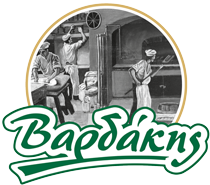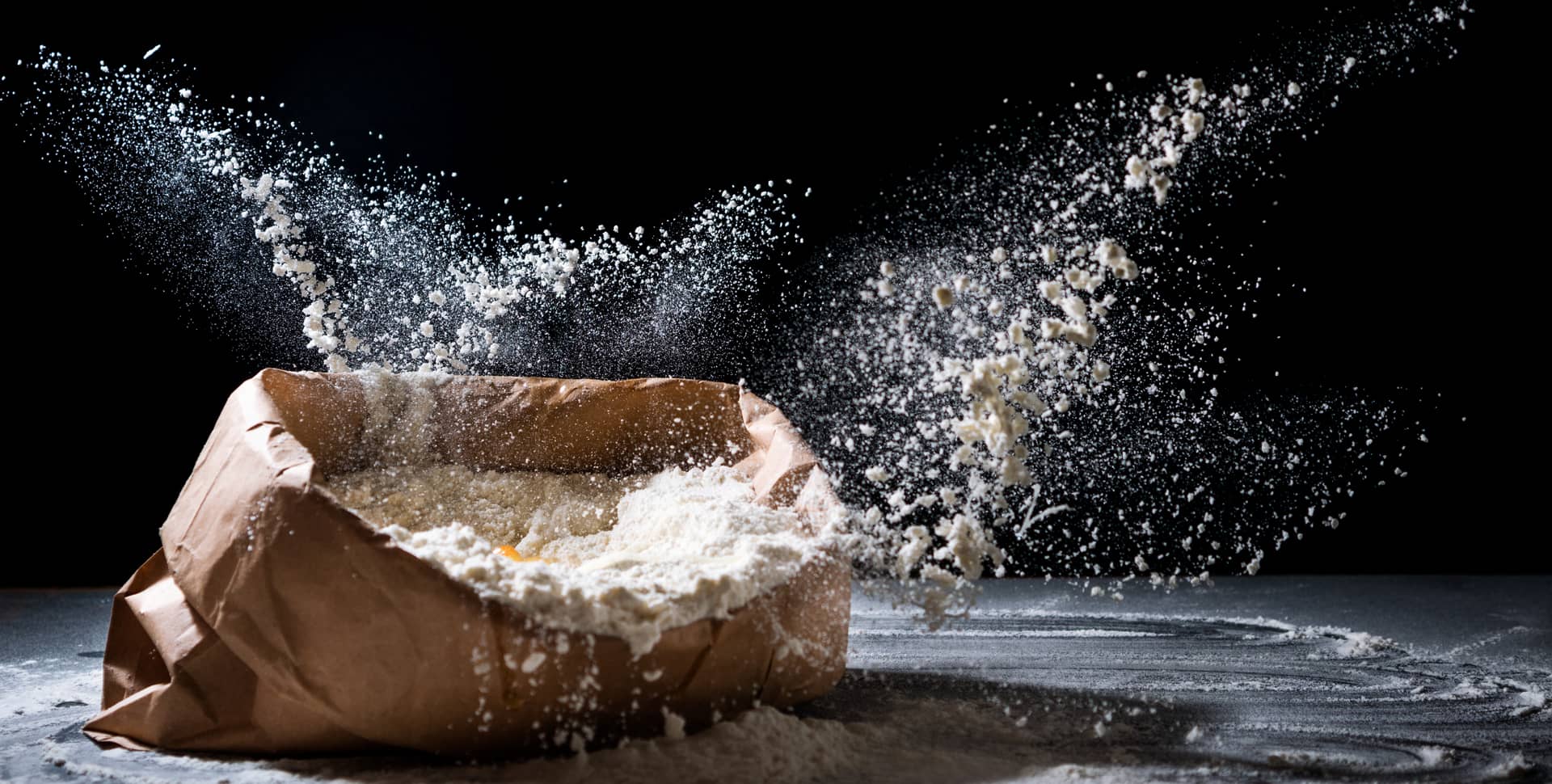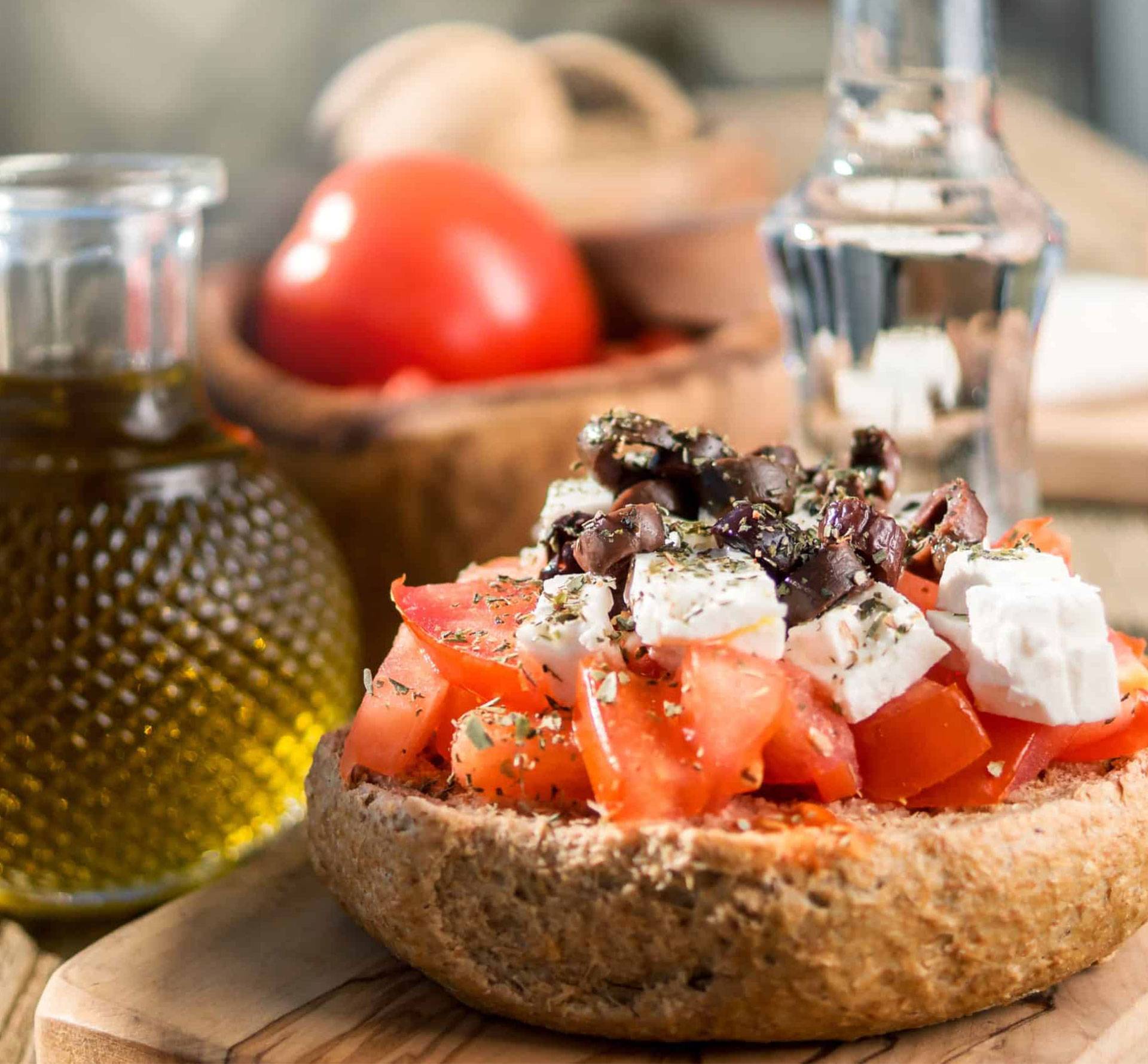The analysis of such a food by a Cretan dietician evokes memories and local arrogance, since it is a food that I have been consuming since I remember myself. I still recall my grandfather in the vineyard or in the olive grove, where in a handkerchief he had a barley rusk, some of his own goat and sheep cheese and 1 onion for his lunch. The scientific approach to its nutritional characteristics gives it a super food character.
It is the 'bread' of the Cretans, since they could not have fresh bread every day, so in the village it was kneaded and baked every 2-3 months or less. it was baked until it became a rusk, so that it could be last without moisture for a long time and be easy and practical to transport and eat. It holds a prominent place at the base of the Mediterranean Diet pyramid. Barley is the cereal used as the basis for the preparation of rusk.
Thus, dacos is an excellent source of B vitamins such as riboflavin (B2), niacin (B3), pyridoxine (B6), pantothenic acid, folic acid and to a lesser extent vitamin B12 and biotin. In addition, it contains small but significant amounts of different minerals and trace elements such as potassium, phosphorus, selenium and calcium.
Another ingredient found in barley rusks is silicon, which is associated with bone health, and some studies show a negative correlation between silicon and dementia. Its low glycamic index brings it as a recommendation to the table for diabetics.
Antioxidants, especially polyphenols and fiber, complement its high nutritional value. As far as calories and macronutrients are concerned, they are no different from those of bread. Twenty grams (20 g) of rusk yield 80 calories, which come from 15 g of carbohydrate, 2 g of protein and very little fat.
The most popular way to prepare barley rusk is called Cretan dakos. But whatever you call it, it is just as delicious. It is a round rusk, when very lightly moistened with which olive oil, tomato, cheese, oregano and salt are added. The many different cheeses used give variety to the taste.
In Heraklion you will most likely eat it with feta or xinotiri another local cheese. In Chania, it is definitely served with staka ( kind of butter). If you are lucky enough to find yourself in a tavern where it will be served with fresh extra virgin olive oil , oregano from Psiloritis, tomato from Tympaki and myzithra cheese (what in Athens is called anthotyro-cheese made from goats and sheep milk selected in farms in the mountain villages of Rethymnon.
Nutritionally, it is a rich meal with over 500 calories since the barley rusk is equivalent to more than 3 slices of bread and the cheese, especially if it is staka, has a lot of calories and saturated fat. On the other hand, barley contains fiber and antioxidants such as silicon and B vitamins.
The olive oil that is added is rich in monounsaturated fatty acids and Vitamin E, while the tomato and oregano provide antioxidants, thus further enhancing the nutritional value of the dish dacos. It is a perfect solution for a side lunch, especially if you have plans to eat fish at home or in a tavern in the evening.
Kyriakos Reppas RD, MBA
Clinical Dietitian Nutritionist
Nutrimed Office Network Manager


